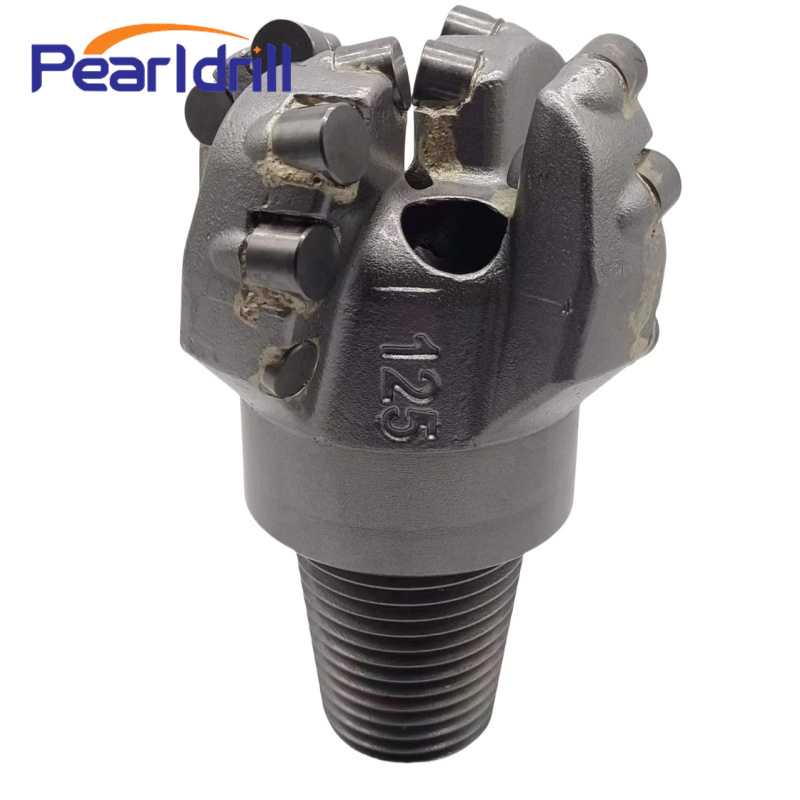Choosing the right water well drill bit is critical to completing your drilling project efficiently and economically. The wrong choice can lead to inefficient drilling, premature wear and even damage to the bit, increasing time and costs. Here are some key factors to consider when selecting a water well drill bit:
1. Stratum type:
This is the most important factor in selecting a drill bit. Different formations require different types of drill bits to effectively break up rock. Common formation types and applicable drill bits are as follows:
Loose strata (such as sand, gravel, clay): suitable for the use of tooth wheel bit (milled teeth or teeth), or scraper bit.
Medium-hard strata (e.g. mudstone, sandstone): Tooth-set dental bits or PDC bits can be used.
Hard stratum (e.g. granite, limestone): It is suitable to use diamond bits or high-strength dentilized tooth-wheel bits.
2. Drilling diameter and depth:
The drilling diameter determines the size of the drill bit to be selected. It is necessary to choose the right size of drill bit according to the design diameter of the well to ensure that the drilled borehole meets the requirements. Deep well drilling needs to choose a better wear resistance, longer life of the drill bit, in order to reduce the number of bit replacement, improve drilling efficiency.
3. Rig type and power:
The type and power of the drilling rig determines the type and size of drill bits that can be used. It is necessary to choose a matching drill bit according to the performance parameters of the drilling rig to fully utilize the efficiency of the drilling rig.
There are several common types of water well drill bits:
Toothed Wheel Bit: It breaks the rock through the rotation and rolling of the teeth, and is suitable for various hardness formations, but is more commonly used in medium-hard and hard formations. Depending on the type of teeth, they are categorized into milled tooth bits (for softer formations) and set tooth bits (for harder formations).PDC Bit (Polycrystalline Diamond Composite): Utilizing polycrystalline diamond composite as the cutting teeth, it has high drilling speed and long service life, and is suitable for medium-hard to hard strata.
Diamond Drill Bit: Using diamond as the cutting medium, with high hardness and wear resistance, suitable for extremely hard strata.
Scraper Bit: Breaks rock by scraping action, suitable for softer formations, such as clay, silt and sand.
If you need to buy the right water well drill bit, click the link below to contact our professional team.

Comments
Post a Comment